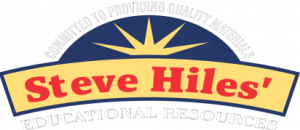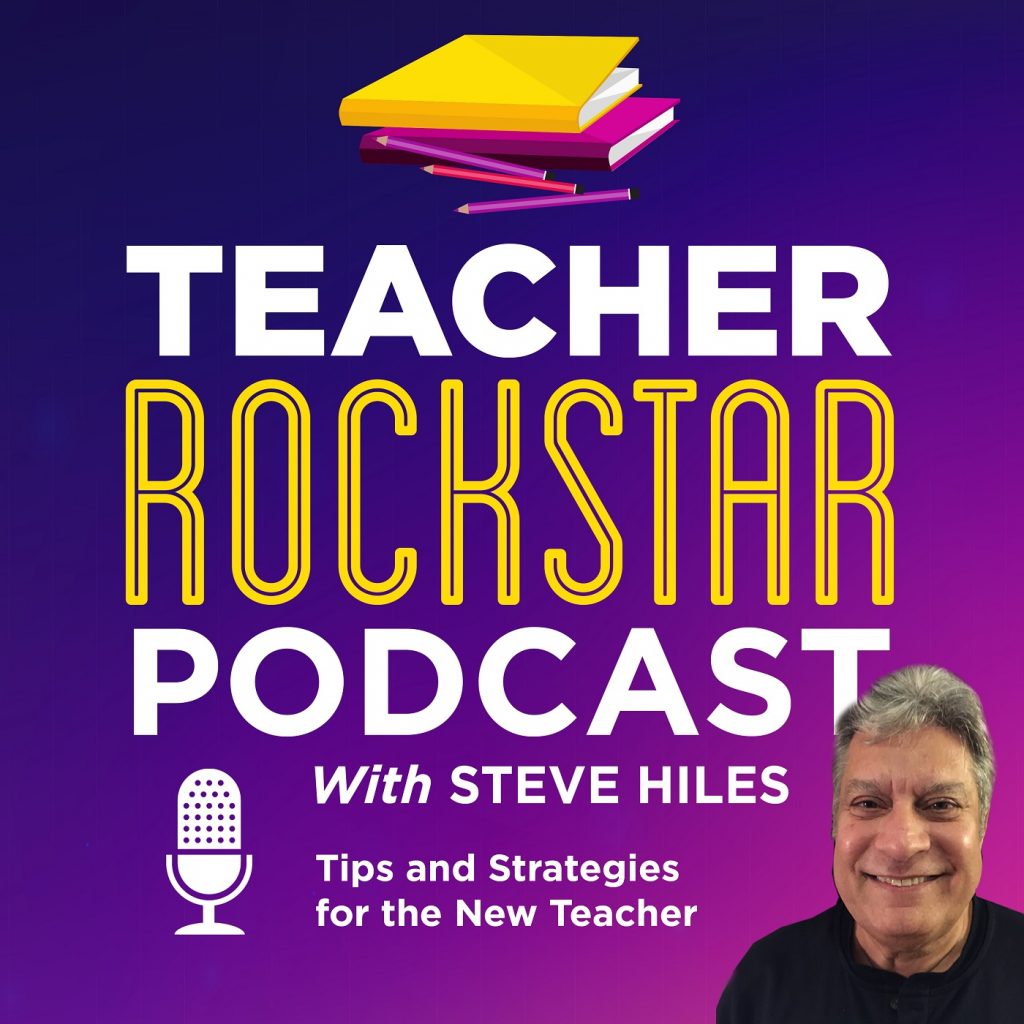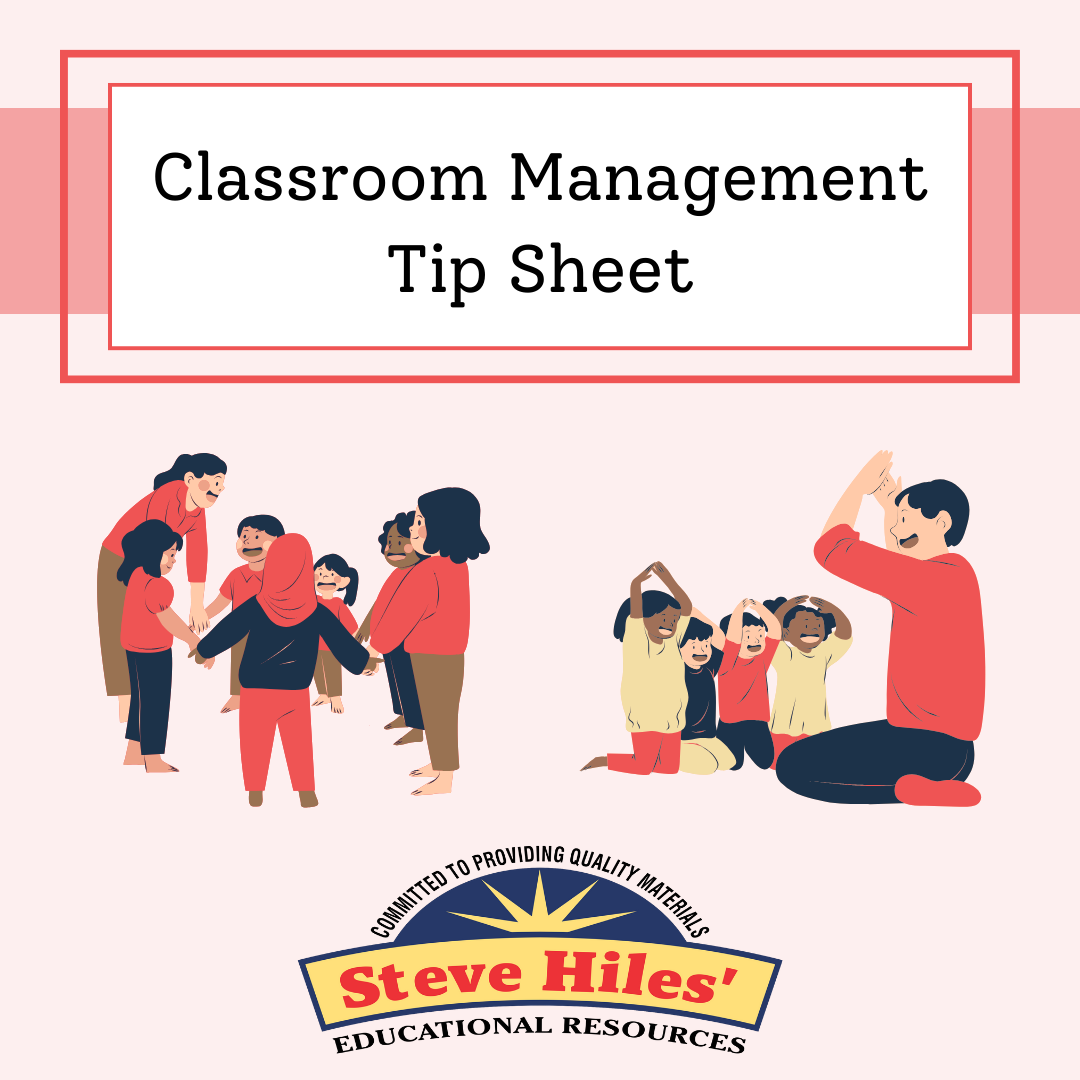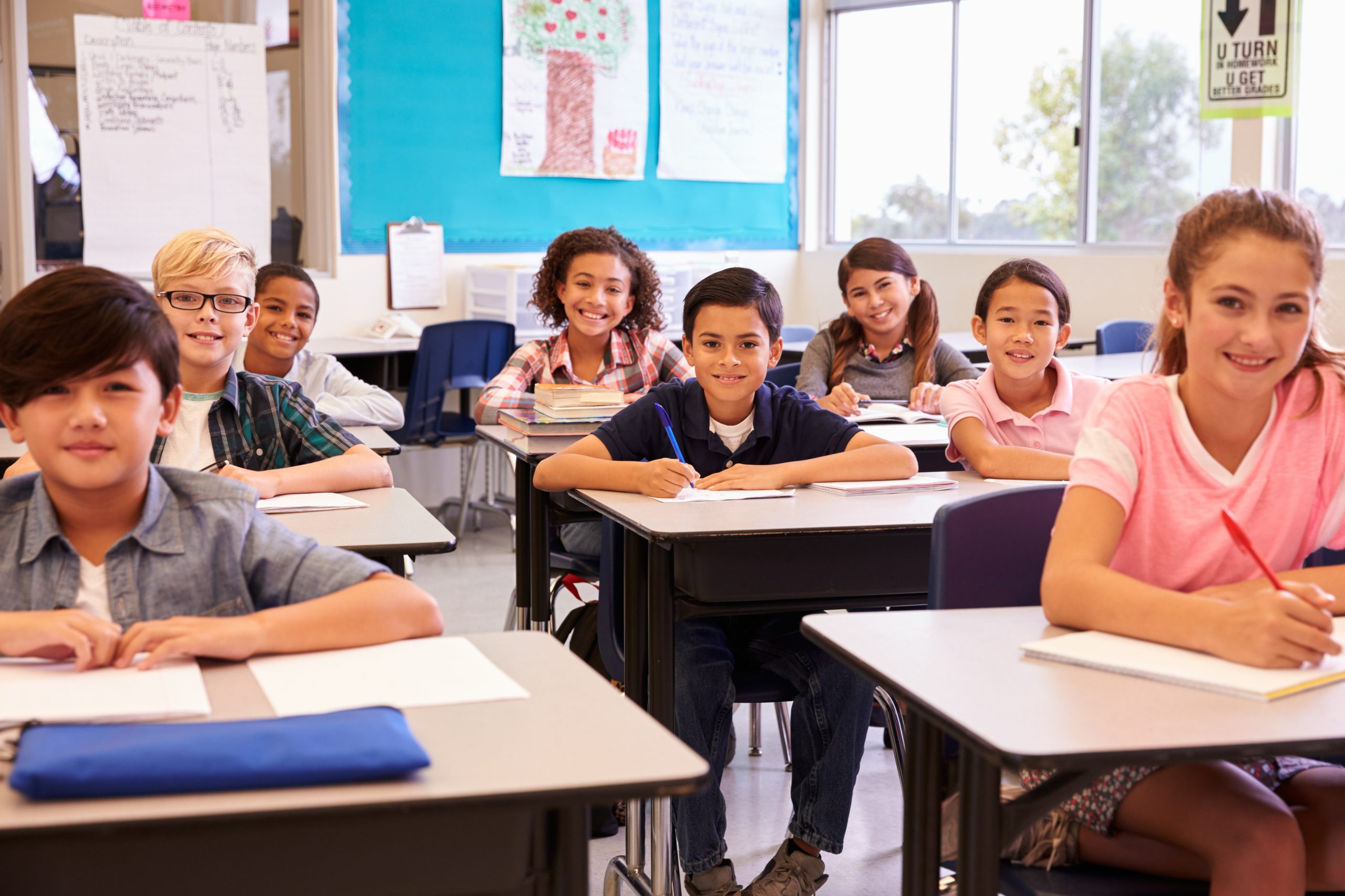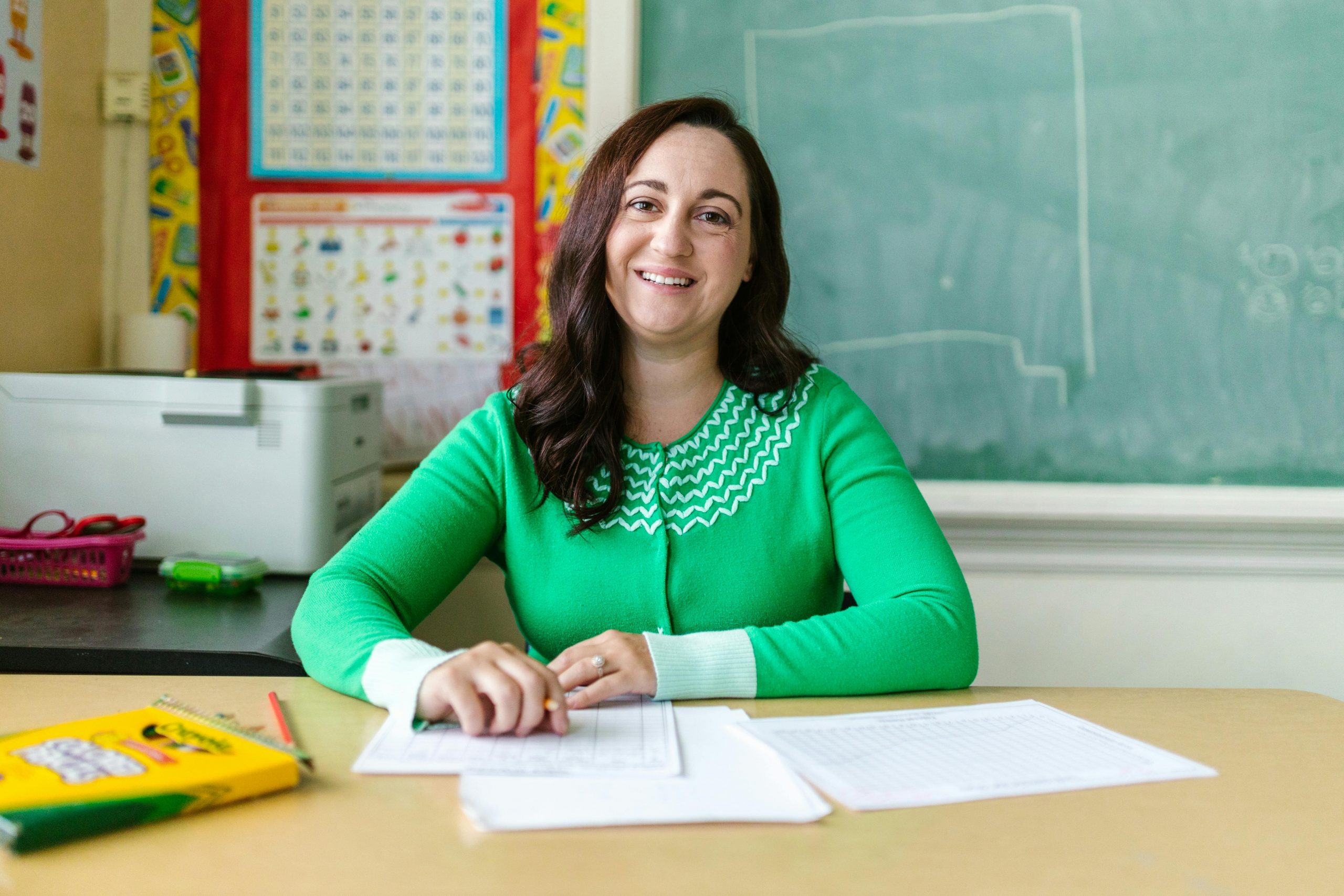Here’s a thought to kick us off: What’s the last book you read that completely changed your perspective on something? Well, imagine if that book had been banned before you ever got the chance to pick it up. This is why today’s topic is so important. Let’s talk about the impact of banning books in public schools—what it means for our classrooms and, more importantly, for our students.
Grab your favorite banned book, maybe a cup of coffee, and let’s dive into why banning books is such a hot topic and what it means for our classrooms and our students.
Segment 1: What’s All the Fuss About? So, let’s start with the basics. Book banning isn’t new—it’s been around for centuries. But in the past year alone, there’s been a dramatic increase in book challenges across the U.S. According to the American Library Association, there were over 1,200 documented attempts to ban or restrict library books in 2022. That’s almost double the number from the year before. Clearly, people have some strong feelings about what kids should and shouldn’t read.

Segment 2: What’s Getting Banned and Why? Now, you might be wondering, “What kinds of books are on the chopping block?” Some of the most targeted books include classics like To Kill a Mockingbird and 1984, as well as more recent works like The Hate U Give and Gender Queer. The reasons vary—some cite profanity, others mention sexual content or political ideologies. And then there are those who say these books are just plain “too controversial.” But hey, isn’t that kind of the point of literature—to make us think?
Segment 3: The Impact on Students Here’s where it gets personal for us educators. When books are banned, students lose access to diverse voices, perspectives, and stories. For example, studies show that reading fiction increases empathy—an essential skill for navigating today’s world. By restricting certain books, we’re potentially stunting our students’ emotional growth. And let’s be real, does the world really need less empathy?
Segment 4: A Classroom Without Choices Imagine walking into a classroom where every book is handpicked to avoid offending anyone. Sounds safe, right? But it’s also limiting. A 2021 survey found that 70% of educators believe book bans hinder their ability to teach critical thinking. Literature isn’t just about reading words; it’s about wrestling with big ideas, asking tough questions, and learning to see the world through someone else’s eyes. If we take that away, what are we left with? A generation that knows the alphabet but not how to think critically.
Segment 5: Real-Life Example—What Happened in Texas Let’s look at a real example. In Texas, one school district made headlines when they temporarily removed The Diary of Anne Frank. Yes, you heard that right. A book about the Holocaust was deemed inappropriate. What message does that send to our kids about learning from history? Ignoring the uncomfortable parts doesn’t make them go away; it just ensures we’re doomed to repeat them.
Segment 6: Finding a Balance Now, I’m not saying every book belongs in a classroom. Sure, age-appropriateness is important, and parents’ input matters. But there’s a difference between having a thoughtful discussion about a book’s place in the curriculum and yanking it off the shelves because it makes someone uncomfortable. Growth happens in the discomfort zone, folks!
Segment 7: What Teachers Can Do So, what can we as educators do about this? Start by advocating for transparency and collaboration. If a book is being challenged, involve the community in a constructive dialogue. Use resources like the National Coalition Against Censorship to educate yourself and your school board. And don’t underestimate the power of teaching your students about the First Amendment. Knowledge is power, and our kids need to understand the stakes.
Conclusion Whether you’re for or against certain books in schools, remember this: our job as educators is to prepare students for the real world, and the real world isn’t censored. Let’s give them the tools to navigate it, question it, and maybe even improve it.

